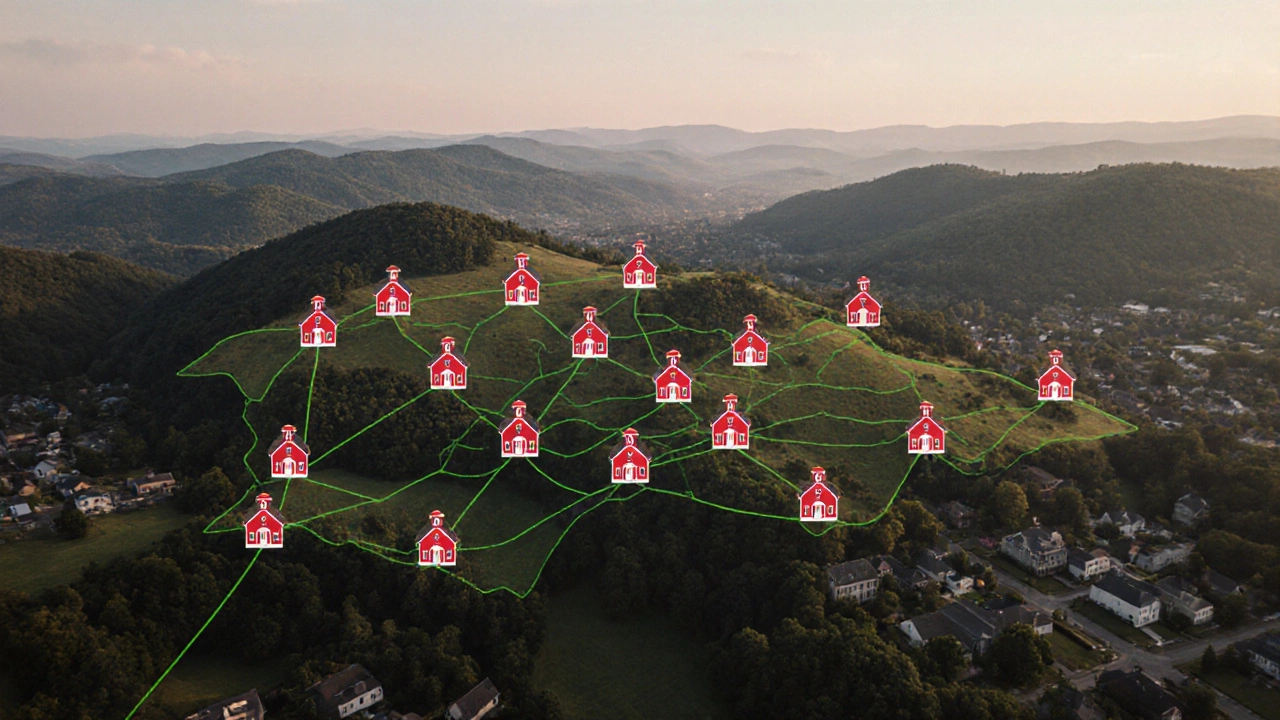Virginia Schools Count – What the Numbers Really Mean
When talking about Virginia schools count, the total number of public and private schools operating across the Commonwealth of Virginia. Also known as VA school total, it helps educators, families and officials understand the scale of education provision. Elementary schools, schools serving children from kindergarten through grade five form the backbone of that total, especially when you break the data down by county or district.
Why Accurate Counts Matter for Policy and Planning
The Virginia education system, a network of public, charter and private institutions overseen by the Virginia Department of Education relies on precise school counts to allocate funding, staff and resources. When the count rises, districts may need more teachers; when it falls, consolidations become a topic of debate. The most reliable source for these figures is the state’s school statistics database, which records enrollment, facility size and program offerings. That database feeds directly into the central metric: the Virginia schools count.
One concrete example comes from Rockingham County, a largely rural area in the Shenandoah Valley with a mix of small towns and farms. Recent reports show that Rockingham County hosts 32 elementary schools, a figure that nudges the overall Virginia schools count upward by a noticeable margin. Because Rockingham’s demographics differ from urban hubs like Fairfax, its school count helps illustrate how regional variations shape statewide totals.
Understanding these numbers isn’t just an academic exercise. For parents, the count reveals how many options exist for their child’s early education, from traditional public schools to specialty magnet programs. Teachers use the data to gauge class sizes and potential job openings. Policymakers, on the other hand, examine trends in the Virginia schools count to decide where to invest in new facilities or where to roll out distance‑learning initiatives.
Our collection of articles dives deeper into the many ways school counts intersect with broader educational topics. Want to know how remote learning compares to homeschooling? Check out the guide on curriculum differences and legal requirements. Curious about the best online certification programs that can complement a traditional school path? We’ve got that covered too. Each piece links back to the core idea that knowing how many schools exist—and where they are—sets the stage for smart decisions across the education spectrum.
Beyond raw numbers, the posts explore the quality of education tied to those schools. Articles on GCSE revision, active recall techniques, and inclusive language all assume a baseline understanding of the school landscape they serve. By grounding these strategies in the context of the Virginia schools count, readers can better assess which tips apply to their local setting, whether they’re in a bustling city district or a quieter county like Rockingham.
In short, the Virginia schools count is more than a statistic; it’s a lens that connects school size, regional diversity, policy direction and everyday classroom practice. Below you’ll find a curated set of resources that unpack each of these angles, offering actionable insights whether you’re a teacher planning lessons, a parent choosing a school, or an official shaping statewide education policy.

Number of Elementary Schools in Roanoke County, VA (2025)
- by Eliza Fairweather
- on 11 Oct 2025
Discover that Roanoke County, VA has 28 public elementary schools in 2025, with a full list, enrollment data, and tips on verifying the numbers.
